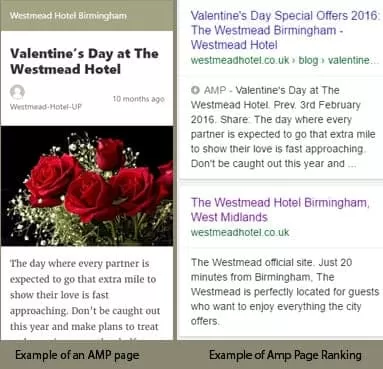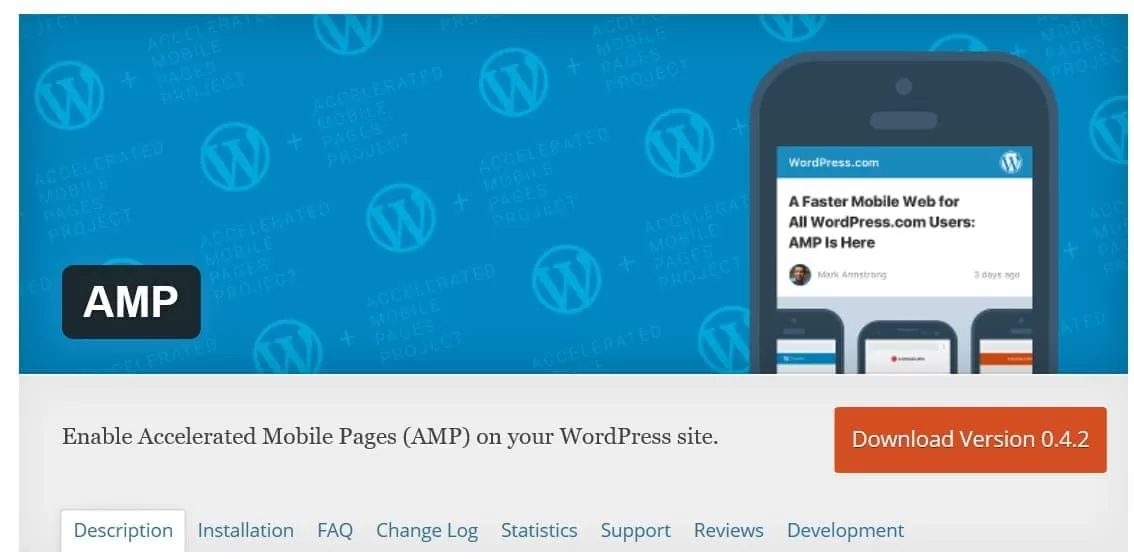This website uses cookies to improve your experience while you navigate through the website. Out of these cookies, the cookies that are categorized as necessary are stored on your browser as they are essential for the working of basic functionalities of the website. We also use third-party cookies that help us analyze and understand how you use this website. These cookies will be stored in your browser only with your consent. You also have the option to opt-out of these cookies. But opting out of some of these cookies may have an effect on your browsing experience.
Always Enabled
We use necessary cookies to ensure our website works properly and provide essential functionalities and security features. These cookies do not collect any personal information and are always enabled. By continuing to use our website, you agree to our use of these cookies.
V:1 - 2024-09-13 07:45:43am
To enhance user experience, we use performance and analytical cookies to understand and analyze the key performance indexes of our website. Performance cookies help us deliver better user experiences by tracking metrics such as load times and response times. Analytical cookies help us understand how visitors interact with our website by providing information on metrics like the number of visitors, bounce rate, traffic source, and more.
V:1 - 2024-09-13 07:45:43am

The AMP project was created in mind of producing a faster browsing experience on mobiles. In this day and age people don’t feel like having a lot of spare time during the day. Implementing AMP onto sites helps everyone cut the browsing time by helping certain areas of site load “instantly”.
AMP pages are most commonly used on news articles and blog posts from a site. This means people can find information they are searching for a bit quicker. When searching on mobile Google will make sure you are aware of amp pages by listing search results with an AMP icon.

Once the link is clicked on the page will load “instantly”. However you will notice that this isn’t usually how a webpage will look like. This is because AMP strips pages of complicated HTML so that only raw text and images are displayed (only the necessities).
If you are working with wordpress, AMP implementation is as easy as installing a plugin and making a few style changes to make sure the pages are consistent with your brand.

AMP Plugin For WordPress – https://en-gb.wordpress.org/plugins/amp/
For sites built on other content management systems (CMS) they will need a little more technical approach. However, with AMP’s own step by step guide you can easily amplify your own website in under an hour!
Step-by-step Guide to amplify your site – https://www.ampproject.org/docs/get_started/create
2. Improved Search Engine Ranking

If you are interested in finding out more about The AMP Project visit their site